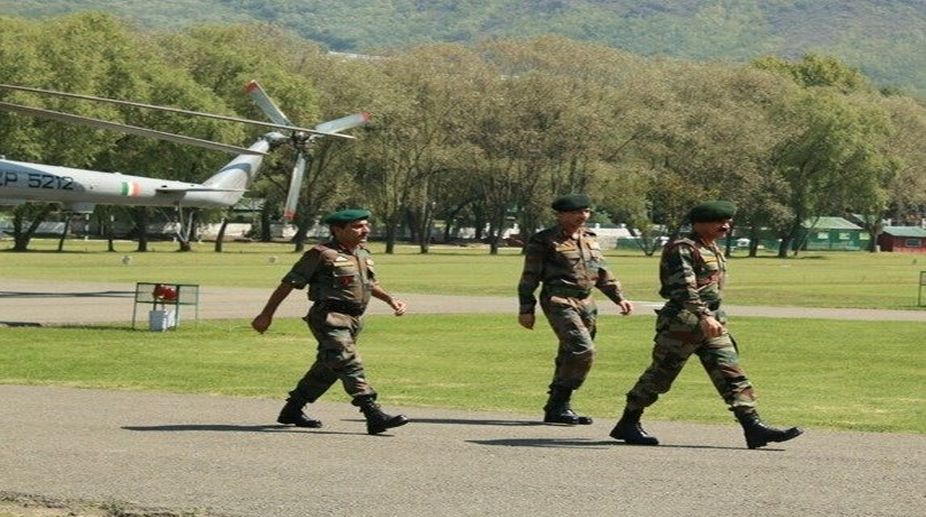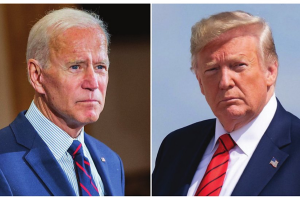There is reason to note with appreciation that at the recent Army Commanders conference, at least according to the official media statement, deliberations went beyond the customary “threat analysis” and tough-talk, reiteration of a wish-list of weapons and equipment, and extended to a reflection on in-house policies ~ particularly on the need to revamp the management of human resources.
The call was for developing a “pragmatic HR plan”; it was also stressed that “to ensure due diligence, decisions are taken through a collegiate system comprising Army Commanders and senior officers”.
That inclusive approach, at least on paper, points to a belated recognition that sagacity does not necessarily increase with the quantum of “brass” on the epaulettes.
No less welcome was the official acceptance that while “the core values of Army though haven’t changed; rapid societal changes and discernible impact of socio-economic aspirations on Army have been a focus area of the just concluded conference”.
Though no specifics were spelt out in the statement, it is understood that the need to make the “orderly” or sahayak system more operationally relevant figured; officers have been drawing considerable flak for permitting their orderlies to be used as domestic aides by their family members.
An unpleasant reality that in this age of social change is being openly resented by men who had enlisted to counter the nation’s adversaries.
The collective response of the Army is anxiously awaited, since there is now a move towards a “more participative form of policy formulation”.
Interestingly, the statement also used terms like “inclusiveness” and transparency” ~ winds of change blowing through Army Headquarters?
Many core concerns continue to persist, not the least of them being the “highly pyramidal structure, which results in over 50 per cent personnel not being promoted despite being highly competent”.
Several studies on re-working manpower policy have been unable to come up with an acceptable solution.
Higher emoluments continue to be desired and the fact that the various “anomalies” in the award of the last pay commission have yet to be ironed out does cause more than a pinprick: so too the way in which the one-rank one-pension scheme has been implemented.
A “new” irritant is the government appealing to the Supreme Court to set aside a decision of the Armed Forces Tribunal regarding the grant of Non-Functional Upgrade allowance to defence personnel (which civilians enjoy).
The official explanation is that the appeal is purely technical, relating to the “scope” of the Tribunal: the defence ministry will have a hard time convincing the soldiers that this is not another case of bureaucratic mischief.
For Arun Jaitley the dual-charge can prove tricky: as finance minister he must curtail expenditure, as defence minister he has to satisfy the “uniforms” they will get their due.











